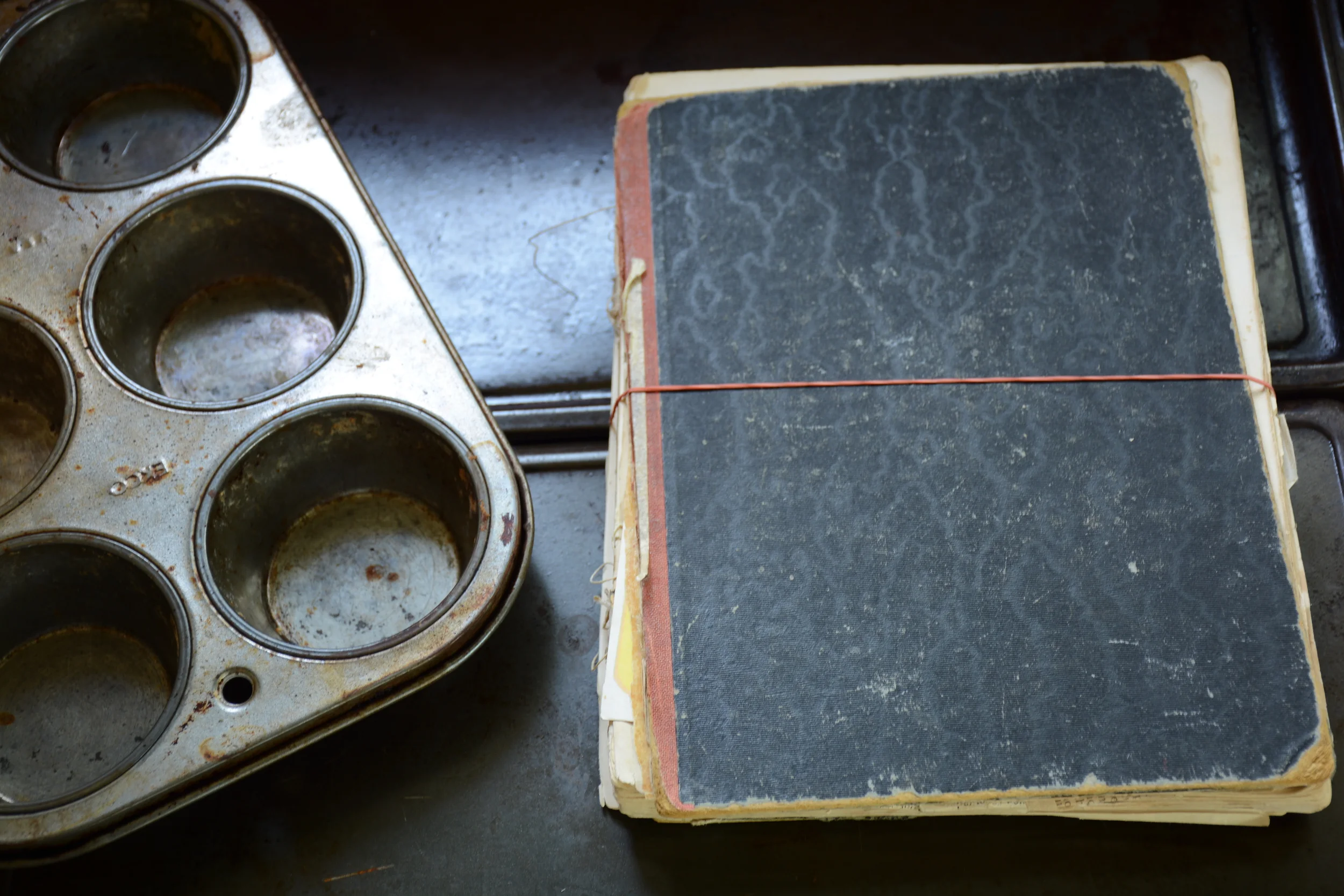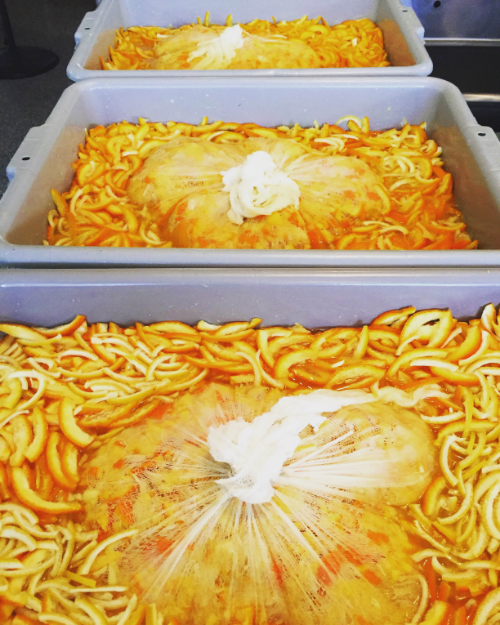Quick and easy Quince recipe
/I love my quince tree in my backyard. In the spring it is covered with the most glorious blooms and in the fall I get to harvest the few quince that the squirrels have not already stolen. And every year with whatever yield I get for myself I make my husband and I a little treat known as Membrillo or Quince Paste.
It takes a couple of hours to make, but the process is super simple and can be followed very easily no matter how many or how few quince you may have.
This year my yield was super small. I got 1lb of quince, but you can use this recipe for whatever amount you have.
Instructions
- 1 lb Quince
- Lemon peel - small sliver of lemon peel, no pith
- Vanilla bean - half of a bean, cut and seeded
- 1/4 tsp Lemon juice
- 1 cup sugar
Peel and coarsely chop up the quince. Place the lemon peel, vanilla and quince in a small pot and cover with water. Bring to a boil, reduce to a simmer and cover. Cook on simmer until quince is soft and can easily be pricked with a fork.
Strain the water and place the softened quince in a food processor and blend until smooth. Measure out how much quince you have (with 1lb of quince, I got 1 cup of puree) and then add equal part sugar (1 cup in this instance).
Place quince and sugar in a small pot over low heat and stir until sugar is fully dissolved. Leave over heat, stirring occasionally until paste is thick and changes colour to a gentle orange. Took 35 minutes with 1 lb of quince.
Then spoon quince out of the pot and place into a small pan lined with parchment paper. Place in oven on low heat (125 degrees) for 30 more minutes to dry it out.
Cut and serve - with a hard cheese from The Pantry in Toronto or from your favourite cheese shop.
Interested in our products? Shop our selection.
Want to grow your food business? Manning Canning Kitchens can help.










































